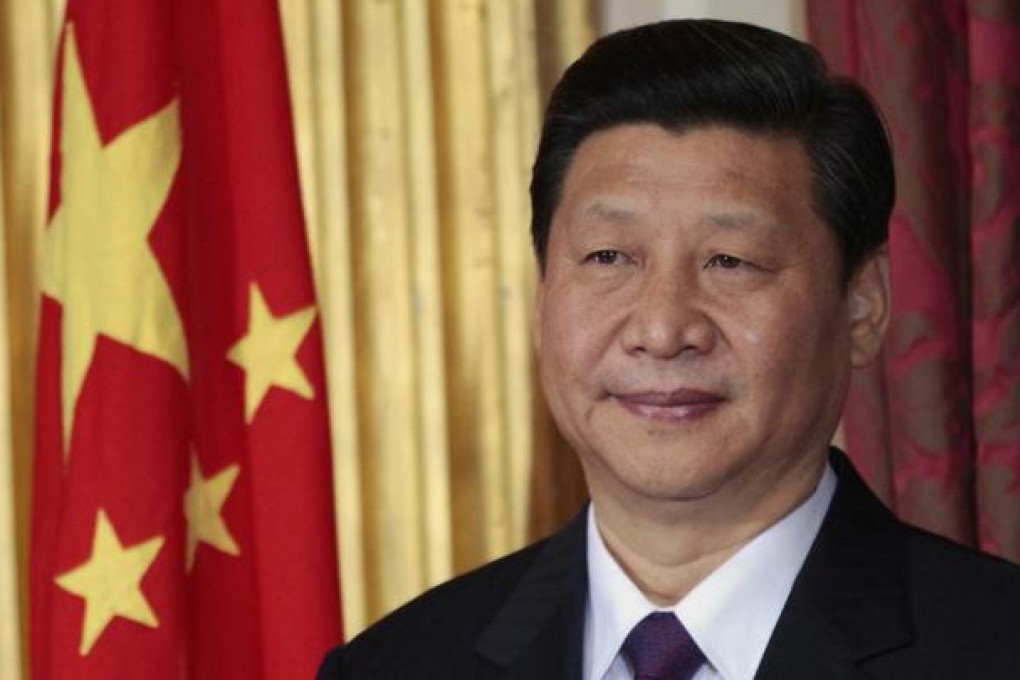When China's collective vision meets America's individual voice
Nicolas Berggruen and Nathan Gardels say both have much to learn from the other's strengths

The governing systems of the world's two largest economies are in crisis. As the United States has been grappling with a fiscal cliff, China faces a social cliff. Without major reform, both will falter.
The deal in Washington may have saved the US from a fall over the edge into recession for now. But its wildly partisan politics is unable to find anything resembling a consensus on how to reduce defence spending or reform the costly entitlements of America's maturing welfare state. By 2025, Medicare, Medicaid and social security are expected to eat up 40 per cent of the federal budget.
China, by contrast, is flush with surplus reserves. It is buying up resources and assets all over the world. It is massively investing in the future, not least by spending US$250 billion a year to expand its higher education system.
But China's modern mandarinate faces simmering discontent over a whole host of social issues. Its new leadership must now figure out how to negotiate the rocky path of a middle income transition, shift towards domestic consumption instead of exports for growth, build a safety net and reduce the growing chasm between rich and poor.
At the same time, the rising middle class is demanding a renewal of political reform stalled over the past decade. Rule of law and an independent judiciary are at the top of the list; China's 600 million weibo users are demanding more freedom of expression.
In early December, the new Communist Party chief, Xi Jinping, gave a speech calling for full adherence to the constitution - which guarantees free expression and rule of law. Yet, in early January, party censors cracked down on journals and websites when they echoed that call to "protect the constitution" in their articles. This, in turn, incited an online revolt.